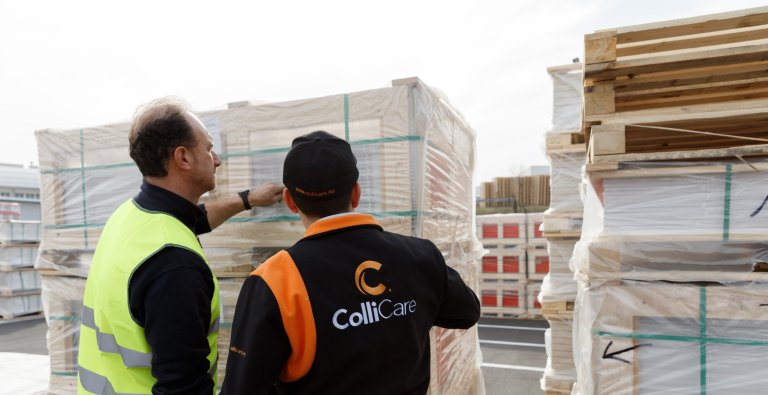Control tower logistics
What is a control tower?
- a seamless coordination across departments, countries and suppliers
- an expert group that manages, drives and further develops the supply chain and product flow for your business
- a central information centre with an overview of all data, to easily address opportunities and risks
- it identifies all possibilities and synergies to optimise combinations in the flow of goods and reduce cost
How to build a control tower?
- a control tower should be established and defined as an own operational function
- logistics experts are pulled in and working in teams with the company’s key people
- the team should consist of:
- people with background from supply chain and flow of goods,
- people with background from the transport industry,
- people with BI competence – improvements in operational work
- people with 3PL background
- people with an IT background who can exchange data between the parties
- outsourcing of control tower functions provides great flexibility and access to expert competence at all times
1. Planning, resources and routines
- full control of the real-time supply chain can prevent potential problems from happening
- provides a visible and transparent supply chain
- full overview and flexible opportunities for dynamic planning, resource allocation and routine setup
- full control with GPS tracking, distribution systems and inventory management
2. Revision and reporting
-
- contributes to document all stages in a supply chain
- all cargo movements are registered and documented through operational logs, order and billing history, for analysis, overview and control
- generate reports that show total costs, broken down to single products
3. Prognoses
-
- the analysis documents the supply chain in real-time and gives a solid base to see potential improvement areas
- make prognoses that provide predictability down to the daily operational level, and Estimated Time of Arrivals
- predictable supply chain costs and demand
4. Implementation
-
- Simplifies operation and control at all stages, in the supply chain:
- inventory management,
- distribution,
- port and container management
- and billing
- Simplifies operation and control at all stages, in the supply chain:
5. Decisions
-
- a control tower allows you to work in real-time with real-time data
- centralised and clear responsibilities for costs, quality and implementation
- transparent system and real-time data provide the basis for right decisions based on facts
6. Results
-
- lower logistics costs
- less inventory
- improvements in time and punctuality in the supply chain
- reliability
- Reklamasjoner Norge
